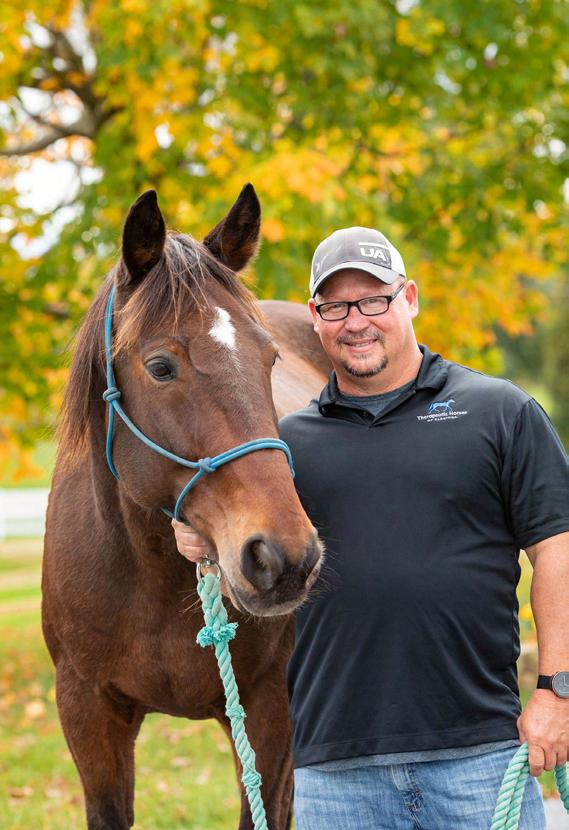
5 minute read
HIS HERS &
Meet Jim Sisk: Military Veteran & Vice President of Therapeutic Horses of Saratoga, Inc.
with L.A. Sokolowski, equinista
Advertisement
If you were to ask him, Jim Sisk will probably tell you that horses are not only his best therapy but yours, too. Jim and his wife, Erin, are founders of Therapeu�c Horses of Saratoga, Inc., (THS) where they have poured their hearts and souls into helping re�red racehorses and military Veterans. In addi�on to serving as vice president of THS, Jim is a Veteran of the United States Coast Guard and owner of Barrier Free Elevators, Inc. in Glens Falls, NY. This owner of Standardbred and Thoroughbred racehorses has taken a commitment to their lifelong wellbeing to (in “elevator-speak”) a whole new floor. Therapeu�c Horses of Saratoga, Inc. programs unite Jim’s dedica�on for supporting re�red racehorses with his passion for helping fellow Veterans struggling with mental health issues post-military service. This horseman is proud of the programs -- and safe space -- that Therapeu�c Horses of Saratoga, Inc. and its rescued racehorses have to offer and, a�er a sold-out benefit concert in 2023 with Songwriters Hall of Fame inductee and Season 10 ‘Masked Singer’ John Oates (and another big benefit planned this summer) odds are this nonprofit favorite is finding its stride.
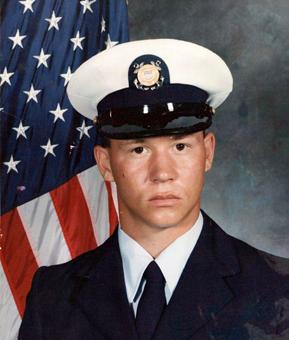
HERS: Do you remember your first horse what did they teach you?
HIS: DW’s Regal was/is my first horse. He’s a Standardbred pacer and still with us at the farm. He was a little racehorse with a huge heart of gold. Ultimately, a bowed tendon ended his career. People think size is everything but he taught me if a horse loves to race, even if they’re on the smaller side, they are going to achieve. DW taught me the depth of a horse’s personality.
HERS: What qualities do you like best in a horse?
HIS: I like a horse that is curious, spunky and intuitive.
HERS: What qualities do you like best in a person?
HIS: Someone who is open and willing to share who they are, what they have been through in life, what they stand for regardless of whether my views are similar or not.
HERS: What was your first job and how old were you?
HIS: My first job, when I was 16 was at Cannone’s Deli in Saratoga Springs, as a dishwasher, shelf stocker, whatever they needed behind the scenes.
HERS: If you worked outside the horse world what would you be doing?
HIS: As co-founder of THS that is one of my passions but not my paying job. I already work outside the horse world! I’m an elevator mechanic and owner of a small elevator repair business.
HERS: Favorite quote?
HIS: “Behind every legend lies an impossible dream.” Secretariat: The Making of a Champion, by William Nack.
HERS: First Saratoga racetrack memory?
HIS: Seeing Rachel Alexandra race there.
HERS: What makes the horse such a valuable therapeutic partner?
HIS: They don’t communicate in the ways that humans do. They use nonverbal signals and look at body language in ways that humans often forget to consider.
HERS: You can spend a day with any horseman, any horse in history, who is it?
HIS: I’ve been very fortunate to meet and partner with harness trainer John Mongeon, who is incredibly knowledgeable. I love spending time with, and learning from, such an honest and humble person. And… Curlin is my favorite horse ever. He defied the odds and showed that older racehorses can be as superior as younger ones.
HERS: What’s your vision for Therapeutic Horses of Saratoga over the next decade?
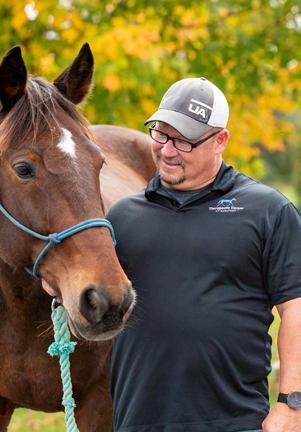
HIS: As a Veteran, I look forward to the continued growth of our Veterans Programs and understand the immense need for our services. I would like us to be able to help connect Veterans with other services they need, like housing, food and employment, by partnering with other organizations in our area and beyond.
HERS: You can invite three guests, past or present, real or fictional; who joins you and what’s served?
HIS: George Bush Jr., Dwayne ‘The Rock’ Johnson, and Elon Musk -- three very different people with unique perspectives on life. We would definitely serve chimichangas and tacos.
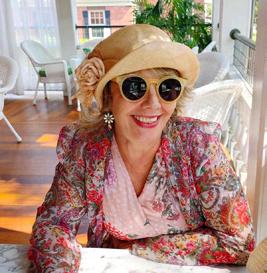
Learn more about how Therapeu�c Horses of Saratoga helps people reclaim confidence and coping skills in a safe space for mental wellness, through horse and human connec�ons, at thsaratoga.org.
Do you have a sugges�on for a His & Hers guest? Email latheequinista@gmail.com.


Art Antiques
& By Dr. Lori Tick, Tock…
Antique Clock Tips
By Dr. Lori Verderame

I have appraised all types of clocks –tall case clocks, carriage clocks, mantle clocks, etc.--for clients in all parts of the world. These clock collectors have been surprised or even stunned when an otherwise reliable clock just stops working –-possibly for no good reason. There is a very good reason why a clock suddenly stops working. Moving a clock is the single most common reason why a clock fails to keep �me.
Clocks are homebodies. Once you move a clock to a new part of your home, the clock may stop working. Clocks of all types find comfort in a certain spot. Clocks react to the temperature and humidity. Moving a clock to a different loca�on may change the clock’s accuracy; some clocks may stop working altogether. Once you find a place in your home where a clock is working well, don’t move it.
Dr. Lori’s Clock Tips
There are some simple ways to keep your clocks working well.
Do you want a clock to keep accurate time? Wind it on a regular schedule, just like clockwork as the old saying goes. Pick a day of the week and time of day to wind your clock and stay on that schedule. It’s like “clockwork!”
Be sure to keep a clock fully wound. Don’t be overzealous when winding. If a clock will not easily wind with the key or the hands of a clock do not move, don’t force them. Consult an expert.
Place your mantle or carriage clock on a level surface. A clock’s pendulum will not swing properly on a surface that is not level.
Do not place a clock near a window, drafty area of a room, or near access doors. Clocks don’t like to be close to air conditioning units, HVAC returns or vents, radiators, attic, or garage access doors.
Remember the old rhyme: Clockwise for time, Counterclockwise for chime. In short, the rhyme means that you should move the hands of a clock clockwise to set the time and move the hands of a clock counterclockwise to set the chime. This will help your clock run properly.
If you intend to move or relocate your clock, it is wise to remove the pendulum first. Protect the pendulum out of harm’s way while you move the clock.
The pendulum’s length is an indicator of how the clock will run. The longer the pendulum, the slower the clock will run. The shorter the pendulum, the faster the clock will run. Some clocks have an adjustment with F (fast) and S (slow) marked on the interior clock works. You can adjust your clock. This simple adjustment of the F/S lever can help when a clock runs too slow or too fast.
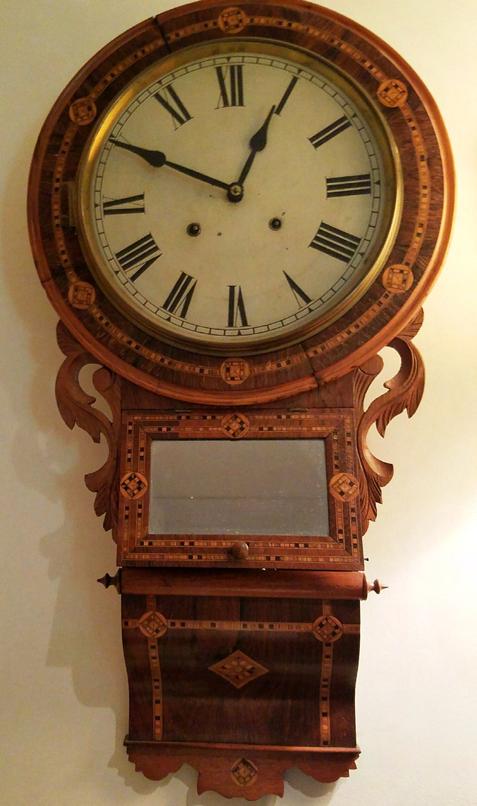
Also, if you have a key to your clock, don’t give it up to anyone. It is a vital piece of equipment for your clock which is necessary to keep your clock working. Like your car keys, it will be a big headache if you lose your clock key.
Listen to the beat. If your clock misses a beat, that may indicate that your clock is on an uneven surface. Clocks that use pendulums or atmospheric-driven clocks, known as atmos clocks, need to be on a level surface to run properly. If your floors are warped or your mantle is crooked, your clock may not run properly. Mantles, bookcases, tables, or other flat surfaces must be level for most clocks to keep accurate time.
Remember, moving a clock may damage the clock. If you intend to synchronize or move a clock, be it a wall clock or a tall case clock, it is wise to consult with a clock professional first. Clocks featuring chimes and gongs may require special expertise.









